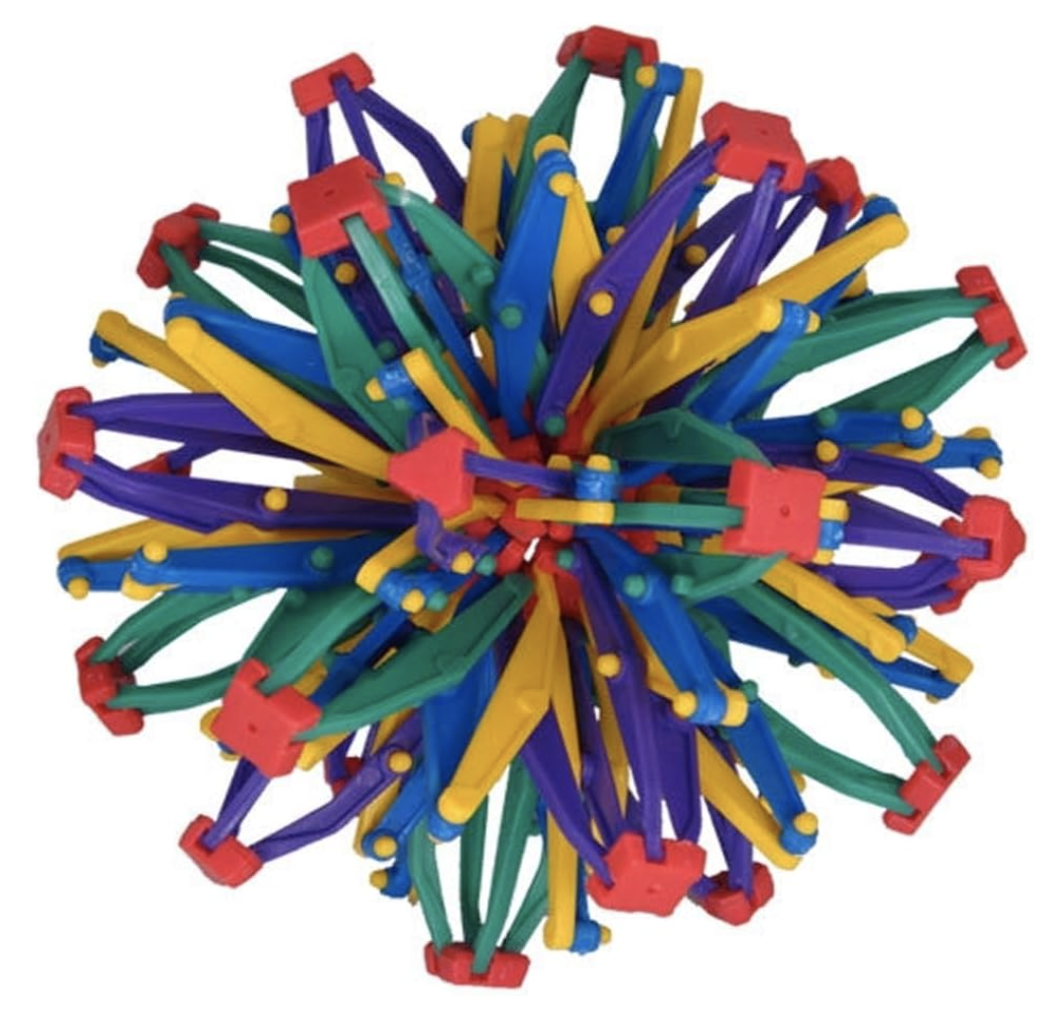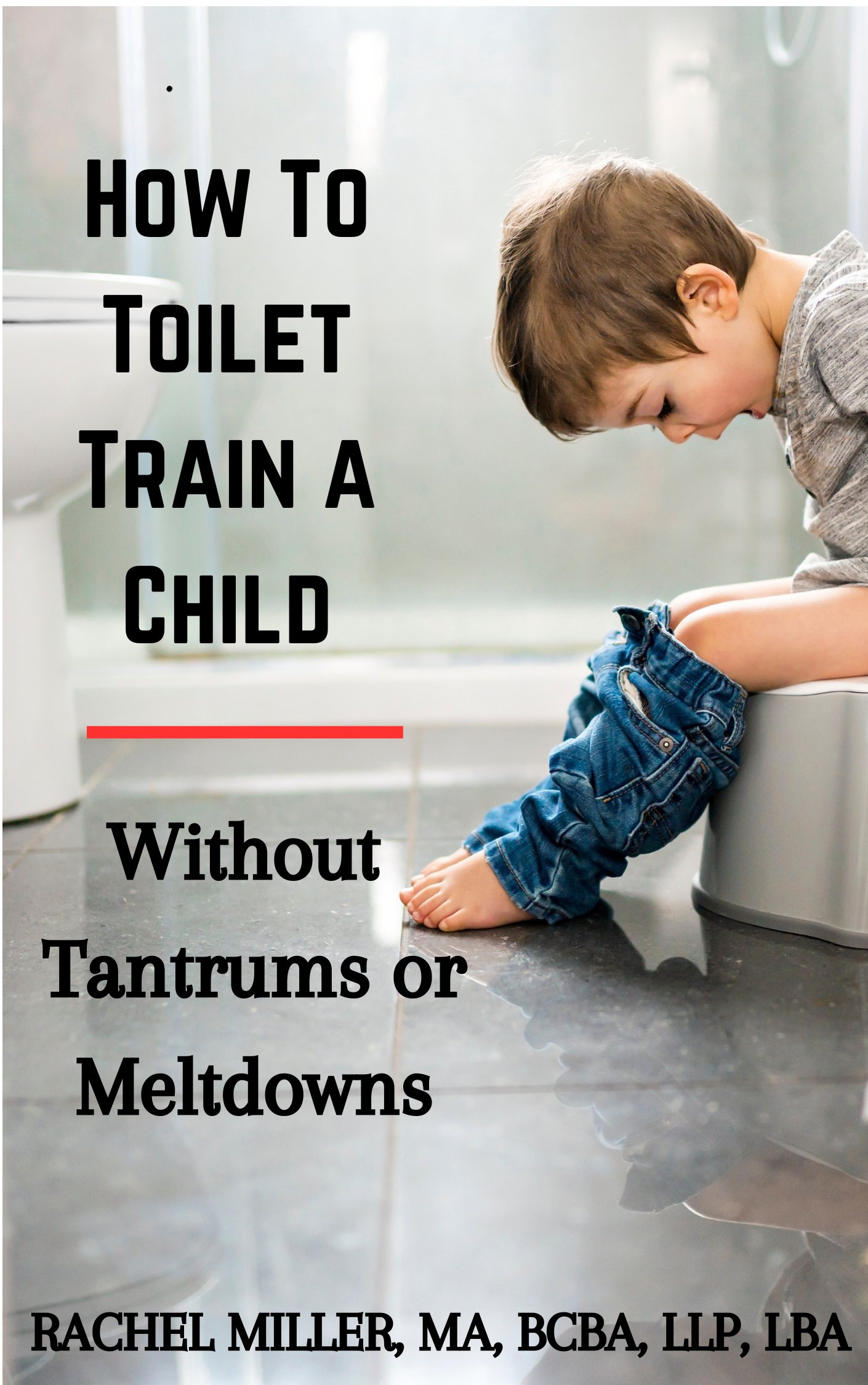Preventing and Managing Child Aggression:
Triggers, Responses, and Free Anger Management Activities

Child aggression is a common behavioral challenge faced by many parents, caregivers, and educators. Aggressive behavior in children can range from temper tantrums and defiant actions to physical aggression, such as hitting or biting. While these behaviors can be alarming and stressful, they are often a way of expressing unmet needs, frustration, or difficulty managing emotions. Fortunately, there are practical strategies to prevent and respond to child aggression, as well as free activities that support anger management for children.
Understanding and Preventing Child Aggression
The Importance of Early Intervention
Preventing child aggression starts with understanding its root causes. Children don’t typically act aggressively without a reason. Often, aggression stems from the inability to regulate emotions or cope with frustration. By identifying what triggers your child's aggressive behavior, you can take proactive steps to prevent it.
Identifying Common Triggers
One of the most effective ways to reduce child aggression is to identify and understand the specific triggers that lead to such behaviors. Children often become aggressive during moments of transition or when they are denied something they want. Common triggers include:
- Being told “no” – Some children react aggressively when denied a desired item, activity, or privilege.
- Being asked to do something they don’t want to do – Refusals and oppositional behavior can escalate into aggression, especially in defiant children.
- Transitioning between activities – Switching from a preferred to a non-preferred activity can result in emotional outbursts or meltdowns.
Besides these, children may have individual triggers such as:
- Loud or unexpected noises
- Crowded or overstimulating environments
- Physical touch (e.g., being tapped on the shoulder or having their head touched)
- Difficult tasks that require sustained attention or effort, such as puzzles or new academic skills
Children with sensory processing challenges, ADHD, or autism spectrum disorder may be particularly sensitive to these types of triggers. By observing closely, you can pinpoint what sets off their aggressive reactions. Keep a log or behavior journal to track the context, environment, and time when aggression occurs. Share this information with all caregivers and educators who interact with your child to ensure consistency in support.
Reducing Exposure to Triggers
Once triggers are identified, take steps to minimize exposure to them. This might mean:
- Preparing in advance for transitions
- Using visual schedules or timers
- Allowing extra time to complete tasks
- Avoiding known sensory triggers when possible or using social stories to assist with helping work through triggers.
In cases where avoiding triggers isn’t realistic, help build coping strategies and resilience. Sensory integration therapy or gradual desensitization techniques may help children better manage stimuli-related triggers.
Responding to Child Aggression Effectively
Watch Your Nonverbal Cues
Children are incredibly attuned to nonverbal communication. Even if your words are neutral, your body language can send a very different message. Negative nonverbal behaviors can unintentionally escalate child aggression. Common nonverbal cues that may be perceived as threatening include:
- Crossed arms
- Rolling eyes
- Loud sighs
- Hovering too closely
- Speaking in a harsh tone
- Angry or annoyed facial expressions
To de-escalate tense situations, maintain a calm, neutral tone and open body language. Speak softly, make eye contact at your child’s level, and offer reassurance. Your calm presence can model emotional regulation and prevent an aggressive outburst from intensifying.
Practice Emotional Regulation Skills
Helping children learn to manage their emotions is a cornerstone of preventing child aggression. Practice these skills regularly, not just when they are upset. Use calm moments to:
- Role-play difficult scenarios
- Teach deep breathing techniques
- Explore emotion cards or a feelings chart
- Label and validate emotions (“I can see you’re feeling really angry because…”)
These strategies build their emotional vocabulary and equip them with the tools they need to respond constructively, rather than aggressively.
Teach and Reinforce Alternative Behaviors
Aggressive behavior is often a learned coping strategy. Teach more appropriate ways to express frustration or get their needs met. For example:
- If hitting occurs when angry, teach them to say “I’m mad” or ask for a break if doing a non-preferred activity.
- If they throw items during transitions, teach them to request a timer or signal when they’re ready to move on.
Praise and reward positive behavior immediately after it occurs. Reinforcement strengthens motivation to continue using new strategies.
Free Anger Management Activities for Children

Incorporating anger management activities into your daily routine helps children practice coping skills in a fun and engaging way. Here are a few free and simple activities to support emotional regulation and reduce child aggression:
- Coping Skills Chart – Using a wheel chart as a fun way to get them to focus and implement the coping skill selected with the spinner.
- Breathing Ball – Use a Hoberman sphere or pretend one with your hands. Inhale as the ball expands, exhale as it contracts.
- Feelings Thermometer with coping skills – A visual tool that helps kids identify their anger levels (calm to out of control) and use matching coping skills like deep breathing, counting, or taking a break.
- Calm Down Jar – Fill a jar with glitter and water. Shake it and watch until the glitter settles, symbolizing calming down.
- Role-Play Scenarios – Practice common triggering situations and rehearse appropriate responses.
- Drawing or Journaling Emotions – Encourage them to draw or write about their feelings to process them safely.
These activities help reinforce the connection between emotions and behaviors, giving children a productive outlet for difficult feelings.
Final Thoughts on Child Aggression
Dealing with child aggression can feel overwhelming, but with consistent strategies, patience, and proactive planning, you can significantly reduce aggressive incidents and foster healthier emotional development. The key lies in prevention through identifying triggers, modeling calm behavior, and regularly practicing anger management techniques.
By making small, consistent changes in how you respond—and by teaching healthy coping skills—you empower them to navigate life’s challenges with greater emotional awareness and self-control.
If you haven't already, be sure to check out my ebooks, now on Amazon!

